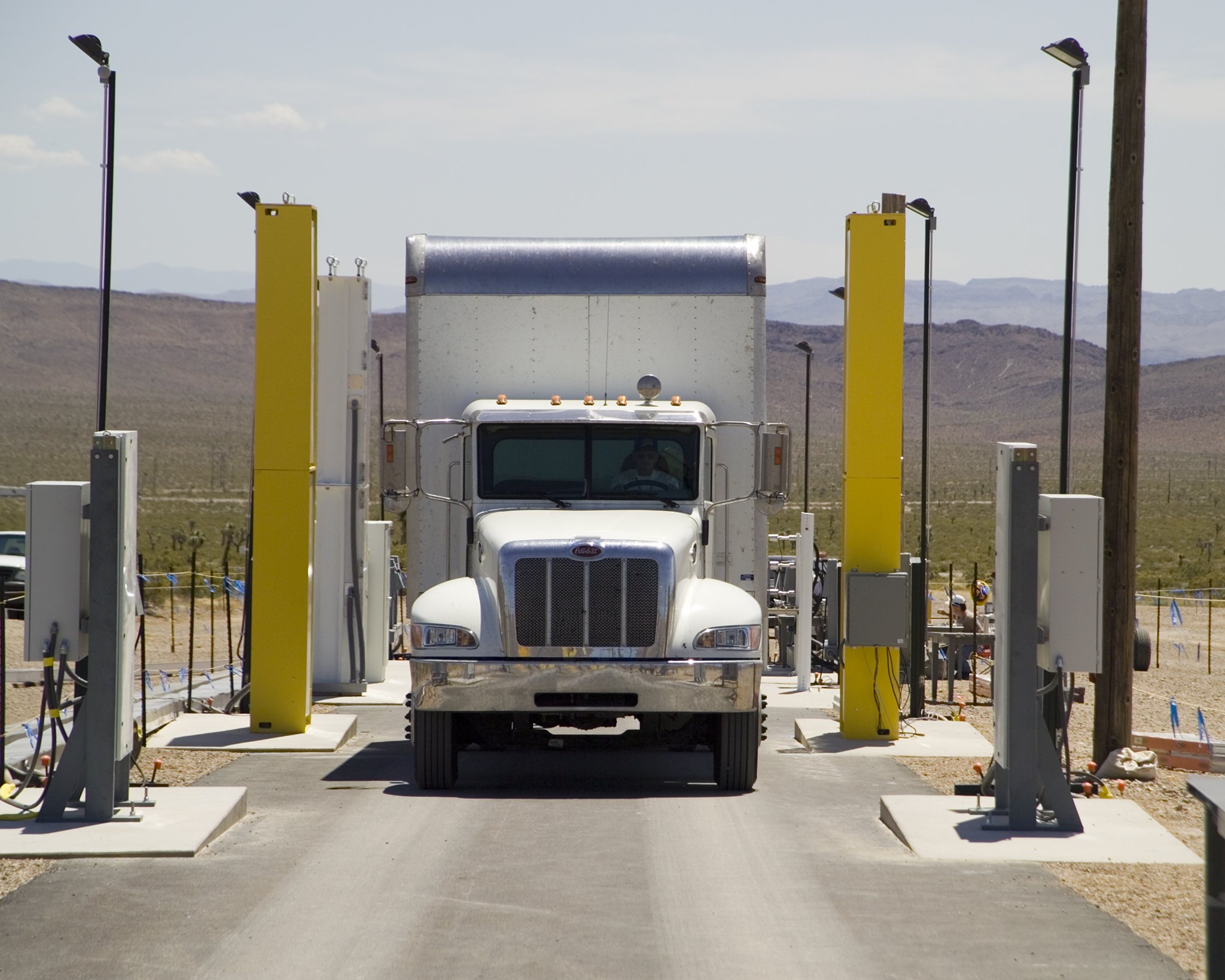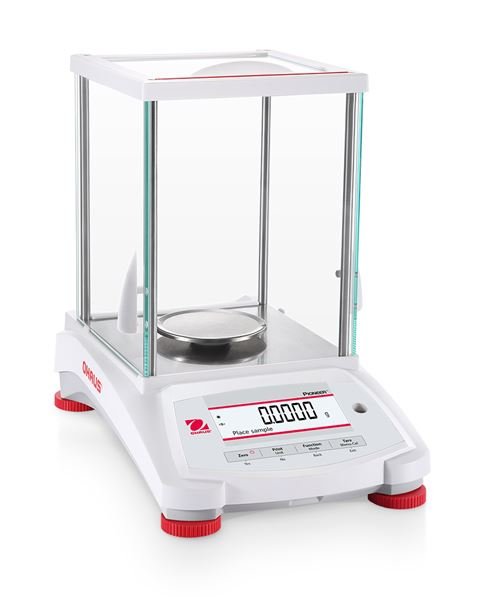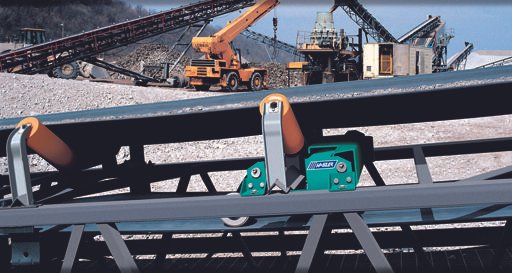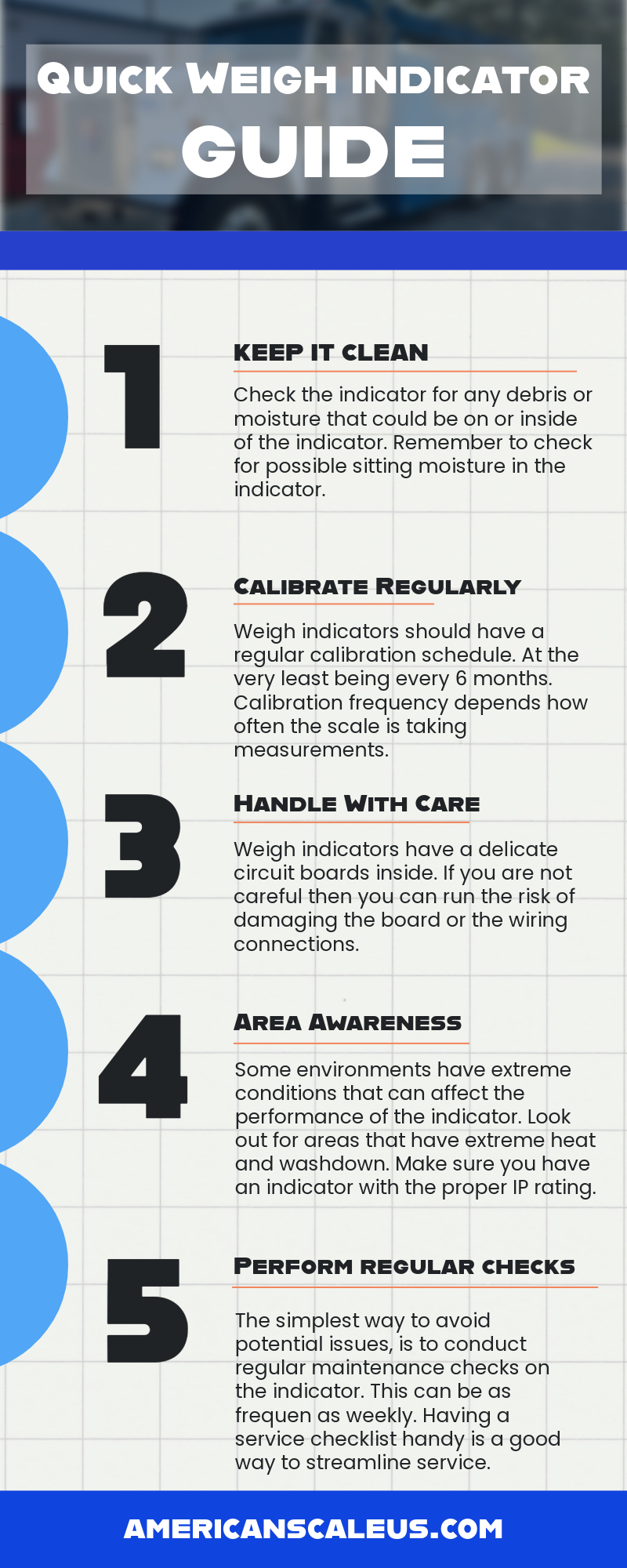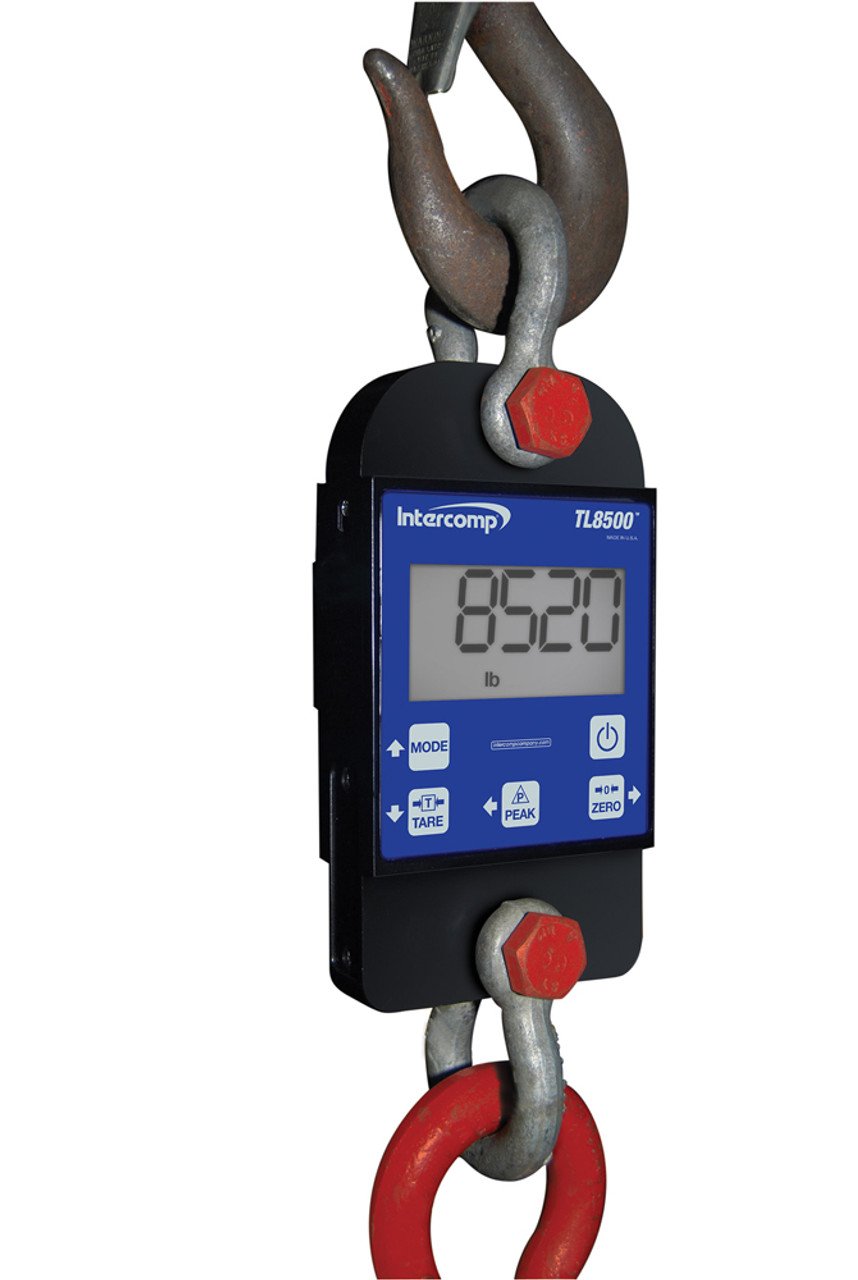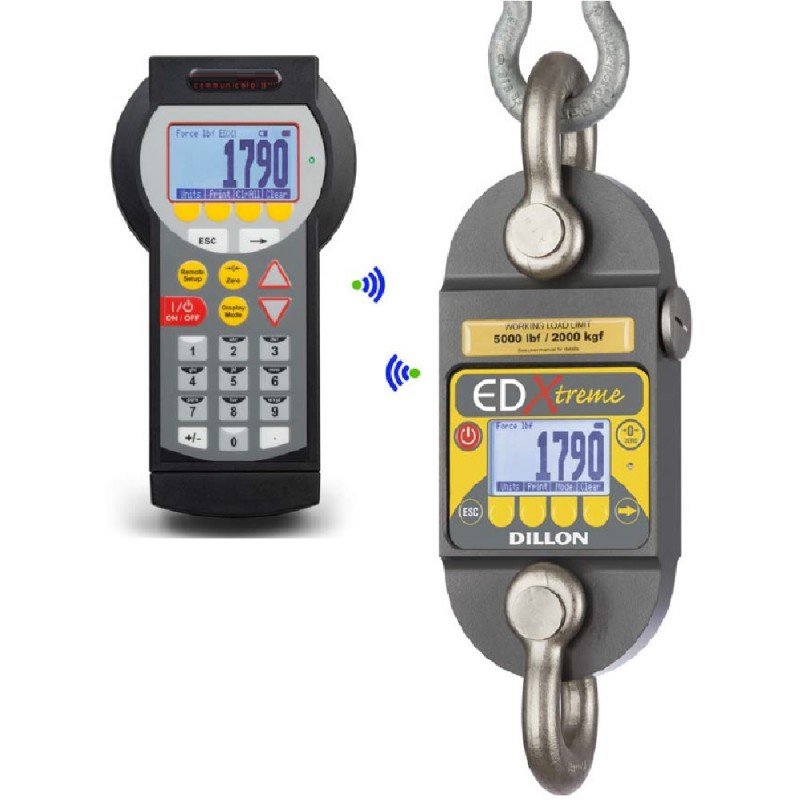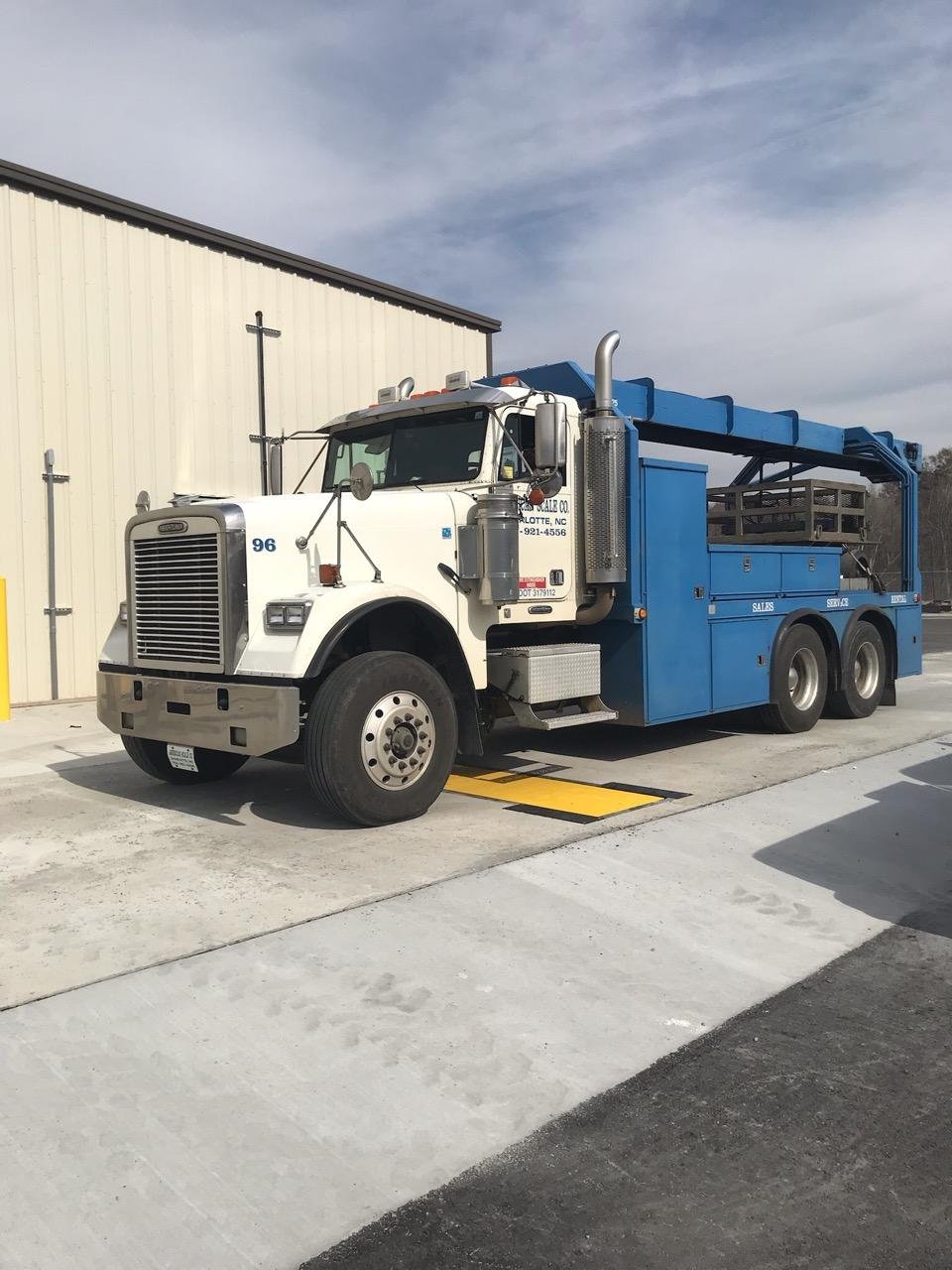When beginning your journey with industrial scales, at first glance it can be quite overwhelming. The sheer amount of options, from tolerance to max capacity, it can be a daunting task when looking for a new industrial scale. Choosing the right industrial scale is essential for accurate measurements and efficient operations. When considering the purchase of an industrial scale, several key features should be taken into account to ensure it meets the specific needs of your business.
In the dynamic landscape of industrial operations, the choice of an appropriate industrial scale is a critical decision that can significantly impact efficiency, accuracy, and overall productivity. Whether you are involved in manufacturing, logistics, or any industry that requires precise measurements of materials, selecting the right industrial scale is essential. This article explores the key features that should be considered when choosing an industrial scale for large-scale operations.
Capacity and Accuracy
The foremost consideration when selecting an industrial scale is its capacity to handle the intended load. Understanding the range of weights your operations require is crucial to avoid overloading or underutilizing the scale. Moreover, accuracy is paramount, especially in industries where precise measurements are essential. Look for scales with high precision and accuracy levels, ensuring consistency in your processes.
Durability and Build Quality
Industrial scales are subjected to rigorous use in harsh environments. Therefore, durability and build quality are non-negotiable features. Opt for scales constructed from robust materials that can withstand exposure to chemicals, extreme temperatures, and heavy-duty usage. Stainless steel and other corrosion-resistant materials are often preferred for their resilience in industrial settings.
Environmental Considerations
Industrial environments vary, and the scale selected should be suitable for the specific conditions of the workplace. Consider factors such as temperature fluctuations, humidity levels, and the presence of dust or corrosive substances. Some scales come equipped with protective features, such as sealed load cells and dust-proof enclosures, ensuring reliable performance in challenging surroundings.
An example of this is when you have a bench or floor scale in a wash down environment. These environments are usually high in moisture and extreme temperature changes. You will want to look for scales with a high IP rating, that are resistant to moisture and extreme temperature changes. You can head over to our Learning Hub to read our article on wash down scales.
Integration with Software and Systems
In the era of Industry 4.0, connectivity is key. Choose an industrial scale that seamlessly integrates with your existing software and management systems. This integration not only enhances data accuracy but also facilitates real-time monitoring and data analysis, leading to informed decision-making and improved overall efficiency.
User-Friendly Interface
A user-friendly interface is essential for ensuring that the scale is easy to operate and that personnel can quickly adapt to its functionalities. Look for features such as intuitive displays, touchscreen interfaces, and straightforward calibration processes. This not only reduces the learning curve for operators but also minimizes the chances of errors in weighing processes.
Calibration and Maintenance
Regular calibration is crucial to maintaining the accuracy of an industrial scale. Choose a scale that allows for easy and accurate calibration, either through manual adjustments or automated calibration features. Additionally, assess the maintenance requirements of the scale – opt for models that offer ease of maintenance, minimal downtime, and prompt support from manufacturers.
Safety Features
Safety is paramount in industrial settings. Ensure that the selected scale is equipped with safety features such as overload protection, anti-slip surfaces, and secure locking mechanisms. These features not only protect personnel but also contribute to the longevity of the scale by preventing damage caused by excessive loads.
Compliance with Industry Standards
Different industries have specific regulations and standards regarding weighing processes. Ensure that the chosen industrial scale complies with relevant industry standards and certifications. This not only guarantees accuracy and reliability but also ensures that your operations meet regulatory requirements.
Check out our article on NIST and scale standards to learn more about the requirements for having a legal for trade scale.
Scalability
Consider the future growth and expansion of your operations. Choose a scale that can grow alongside your business, accommodating increased workload and evolving requirements. This scalability can save costs in the long run by eliminating the need for frequent equipment upgrades.
Cost of Ownership
While the initial cost of the industrial scale is a significant factor, it's essential to consider the total cost of ownership. Evaluate factors such as maintenance costs, energy efficiency, and the availability of spare parts. Investing in a higher-quality scale with lower long-term costs may prove more economical in the grand scheme of industrial operations.
Depending on the scale will greatly determine how much your scale will cost during it’s lifetime. Be sure to consult with your local scale company to get a quote on the cost of scale services and calibration.
Conclusion
Selecting the right industrial scale involves a thorough analysis of various factors to ensure seamless operations, accuracy, and compliance with industry standards. By considering features such as capacity, durability, integration capabilities, user-friendliness, and compliance, businesses can make informed decisions that contribute to the overall efficiency and success of their industrial processes. The careful selection of an industrial scale is an investment in precision, productivity, and the long-term sustainability of industrial operations.
American Scale is your source for industrial scales. Be sure to check out our Learning Hub for in depth articles tackling multiple topics. From scale service and maintenance, to learning how to pick the right scale for you. American Scale has you covered.



